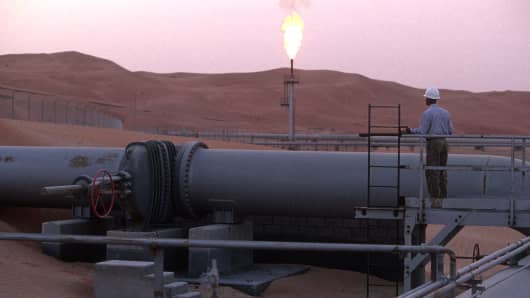Of the individual players in the region, Qatar, Abu Dhabi, and Kuwait are more resilient to oil shocks than Saudi Arabia, Oman, and Bahrain. Their high per capita hydrocarbon production has ensured they can break even fiscally even if oil prices are low and has enabled them to accumulate ample foreign exchange assets. Their policy responses so far, such as Qatar's water and electricity price hikes and the United Arab Emirates' fuel price reforms, are also positive, in our view, as they prevent rapid erosion of fiscal buffers.
By contrast, Bahrain, Oman, and Saudi Arabia are more vulnerable. They need higher oil prices to break even fiscally and they have lower fiscal buffers. This exposes them to further potential ratings downgrades in 2016. Oman and Saudi Arabia are targeting a budget deficit of 13 percent in 2016, despite fiscal consolidation measures – Oman has increased corporate tax rates and cut subsidies by 64 percent and increasing corporate tax rates, while Saudi Arabia has cut government expenditure in absolute terms for the first time since 2002.
Despite mounting pressure on currency pegs, our base case is that Gulf Cooperation Council countries will maintain their current exchange rate regimes over the next 12 months. However, some are better positioned to extend this beyond two to three years. In Saudi Arabia, fiscal buffers might be exhausted within five to six years without any adjustments. Bahrain and Oman both require oil prices of $100 a barrel to break even fiscally. Estimations suggest that fiscal buffers will be exhausted in less than five years, assuming an average oil price of $50 a barrel. With low energy prices, policy makers in the region will have to address major economic challenges to sustain the pegs.





